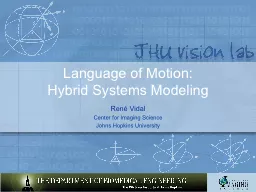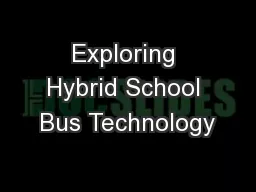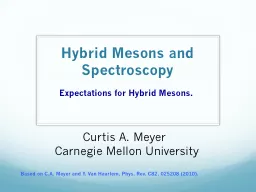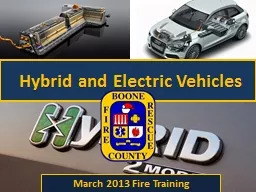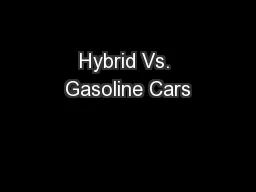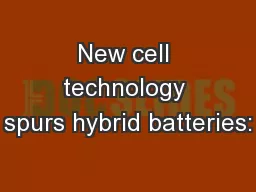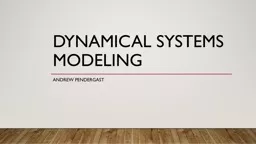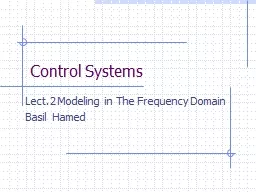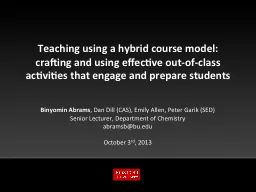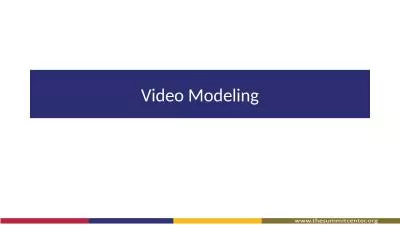PPT-Language of Motion: Hybrid Systems Modeling
Author : conchita-marotz | Published Date : 2018-03-23
René Vidal Center for Imaging Science Johns Hopkins University Recognition of individual and crowd motions Input video Rigid backgrounds Dynamic backgrounds Crowd
Presentation Embed Code
Download Presentation
Download Presentation The PPT/PDF document "Language of Motion: Hybrid Systems Model..." is the property of its rightful owner. Permission is granted to download and print the materials on this website for personal, non-commercial use only, and to display it on your personal computer provided you do not modify the materials and that you retain all copyright notices contained in the materials. By downloading content from our website, you accept the terms of this agreement.
Language of Motion: Hybrid Systems Modeling: Transcript
Download Rules Of Document
"Language of Motion: Hybrid Systems Modeling"The content belongs to its owner. You may download and print it for personal use, without modification, and keep all copyright notices. By downloading, you agree to these terms.
Related Documents

